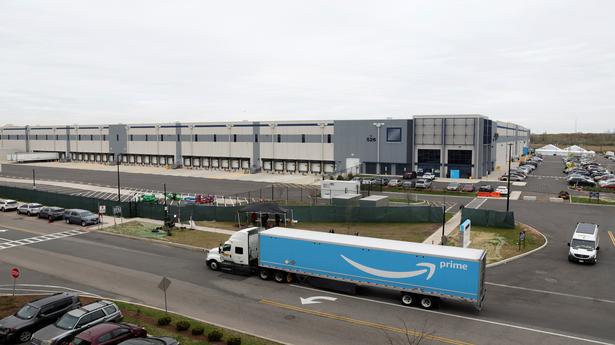
Amazon’s net loss prompts query: Has it built too many warehouses?
The Hindu
Amazon will spend less on fulfilment projects this year than last, while transportation investments will be flat to slightly down.
In recent years, Amazon.com Inc has spent billions of dollars on new warehouses that cut into profits, explaining to investors that it had no choice but to meet ever-rising consumer demand.
(Sign up to our Technology newsletter, Today’s Cache, for insights on emerging themes at the intersection of technology, business and policy. Click here to subscribe for free.)
It turns out, Amazon may have built too much, too soon, analysts say.
The world's largest online retailer on Thursday reported $2billion in incremental costs from having excess fulfilment and transportation capacity, a dramatic shift from just two years ago when Amazon had to turn away merchants' goods because it had room only for vital supplies.
The company is lowering its capital expenditure plans for 2022, its Chief Financial Officer Brian Olsavsky said. Amazon will spend less on fulfilment projects this year than last, while transportation investments will be flat to slightly down.
The new reality began to emerge halfway through 2021. Amazon was on track to double its warehouse and delivery network, a feat necessitated by consumers' embrace of at-home shopping toavoid COVID-19 infections in stores. For the first time, space was not the retailer's main constraint; it was labour to staff facilities fully. At Amazon's scale, that meant hiring 270,000 workers in six months.
After the Christmas holiday, consumer demand dwindled, as always. Online sales dipped from a year ago, Amazon's results showed. Brick-and-mortar stores beckoned shoppers once the Omicron wave subsided, and still others faced a choice between buying goods and filling their cars with high-priced gas. Amazon says order patterns have remained the same.











